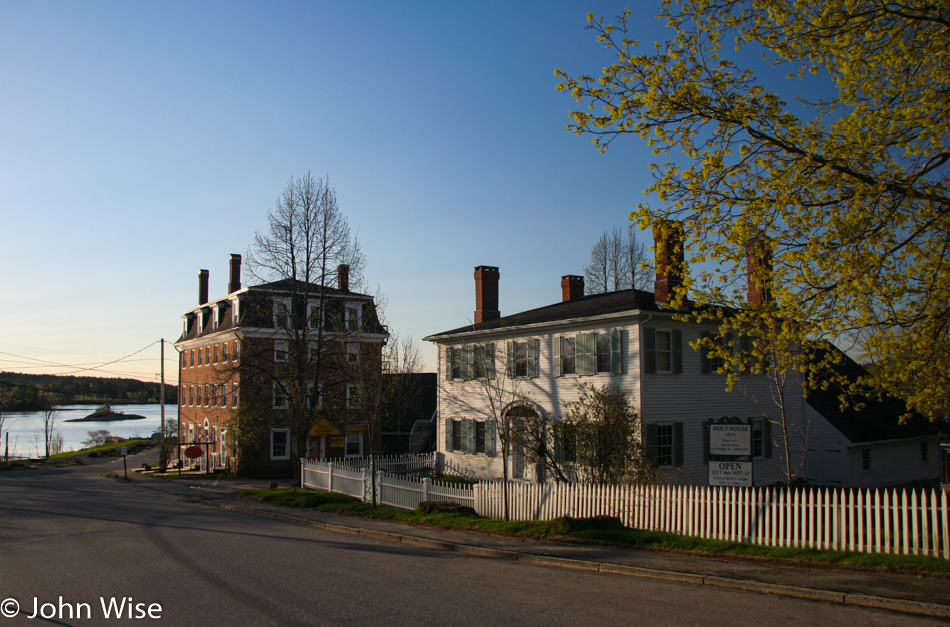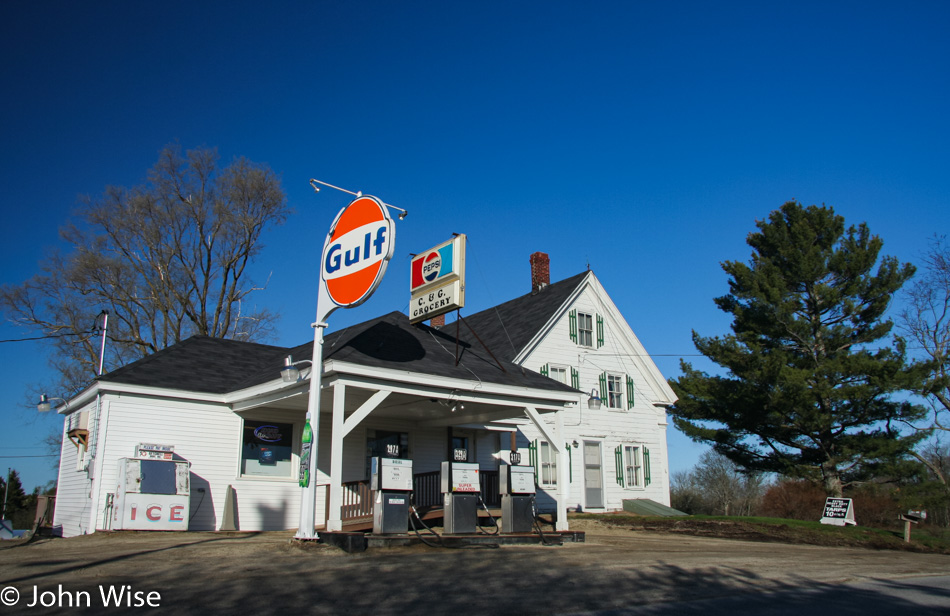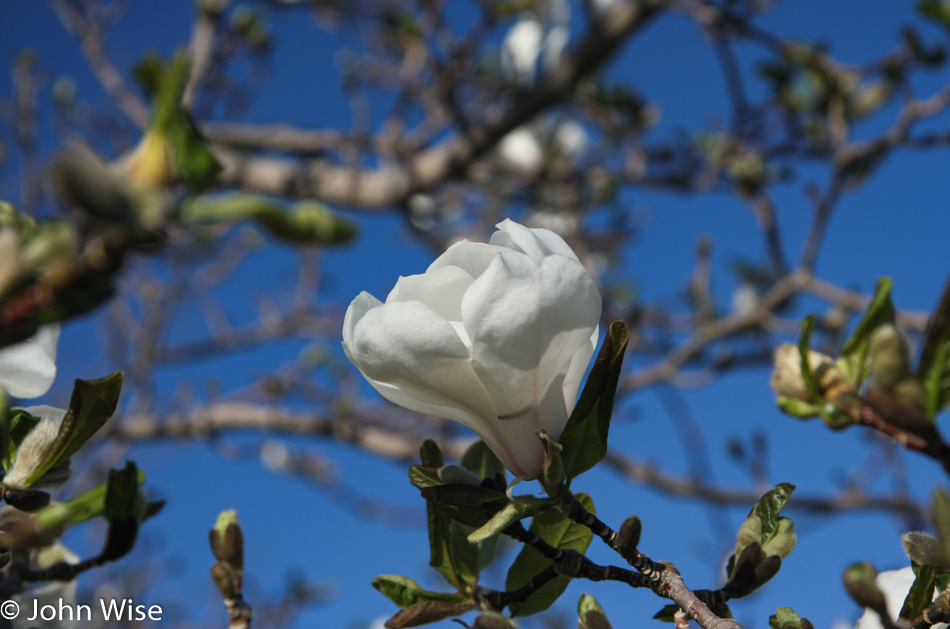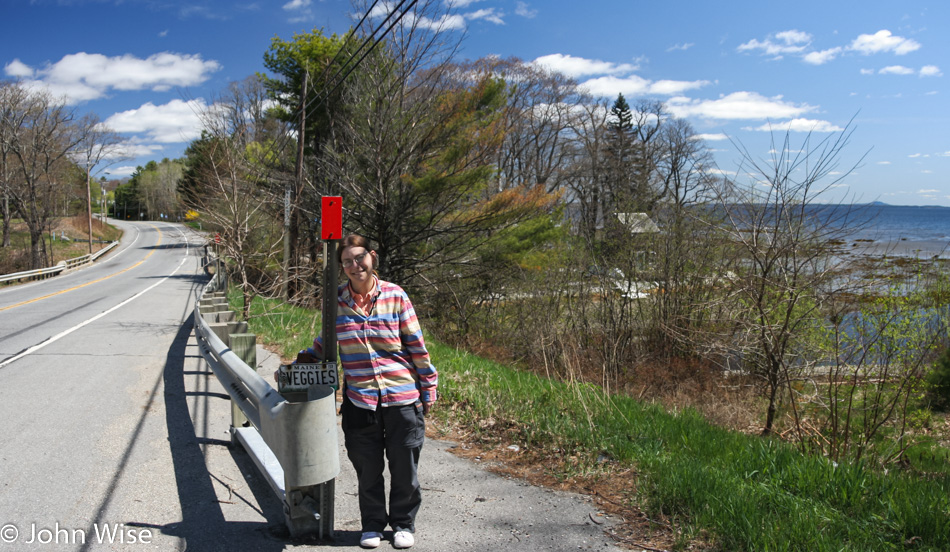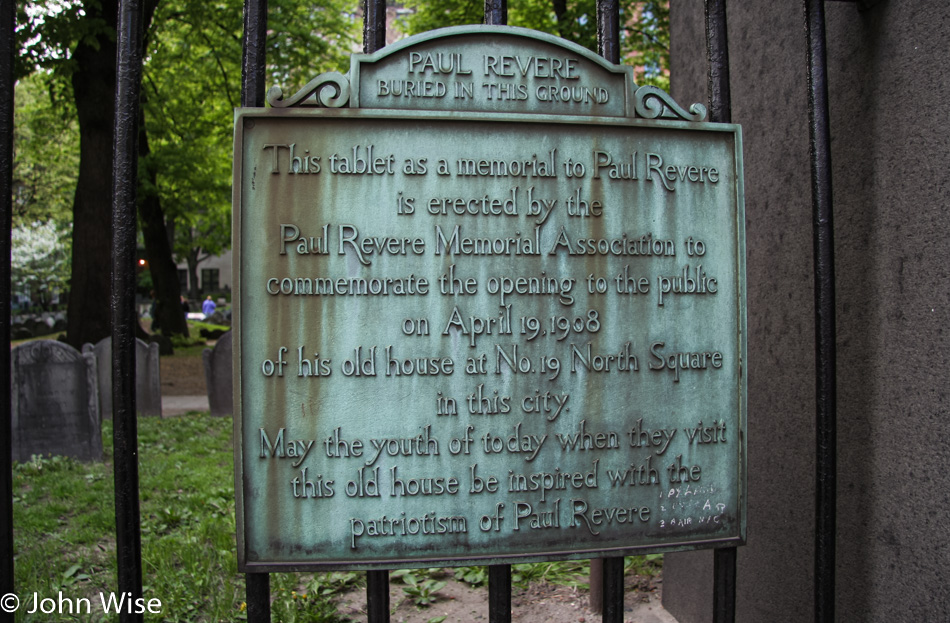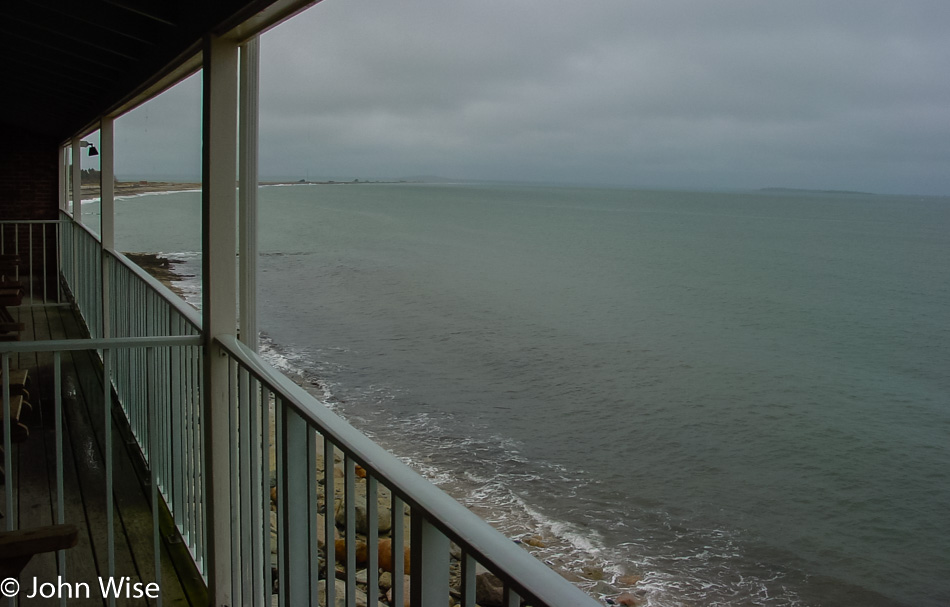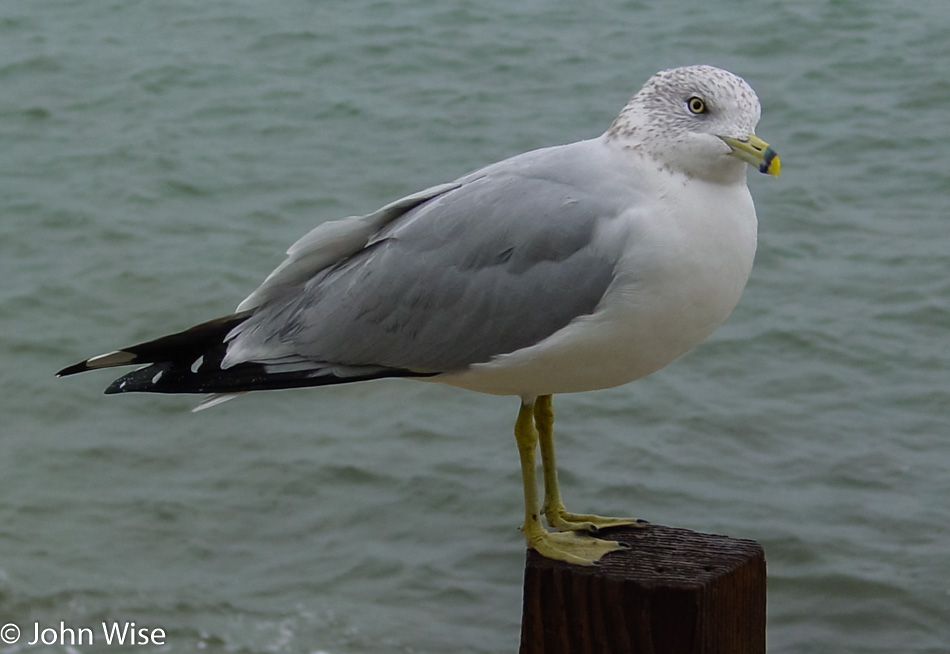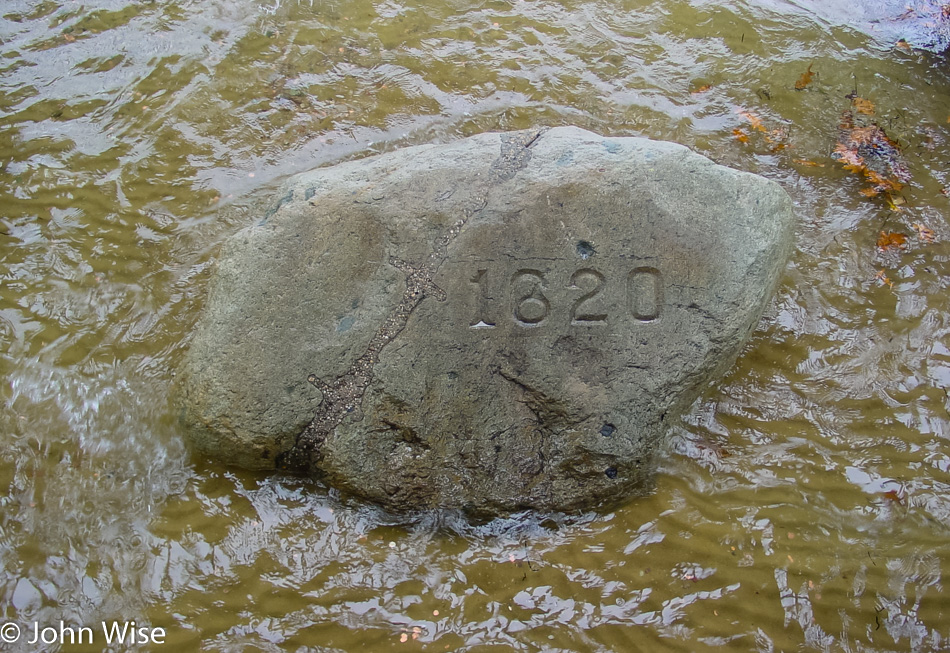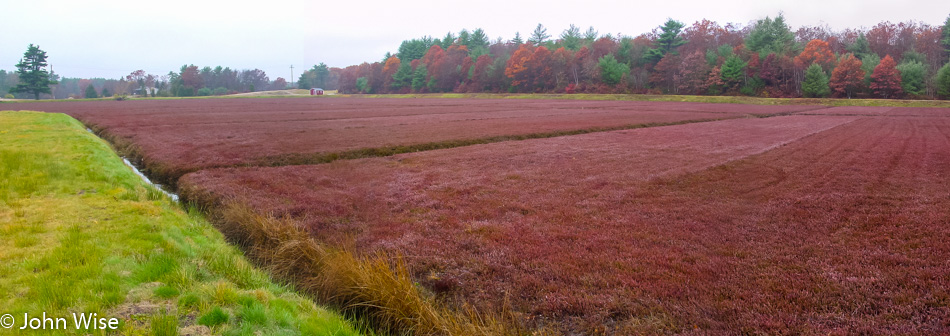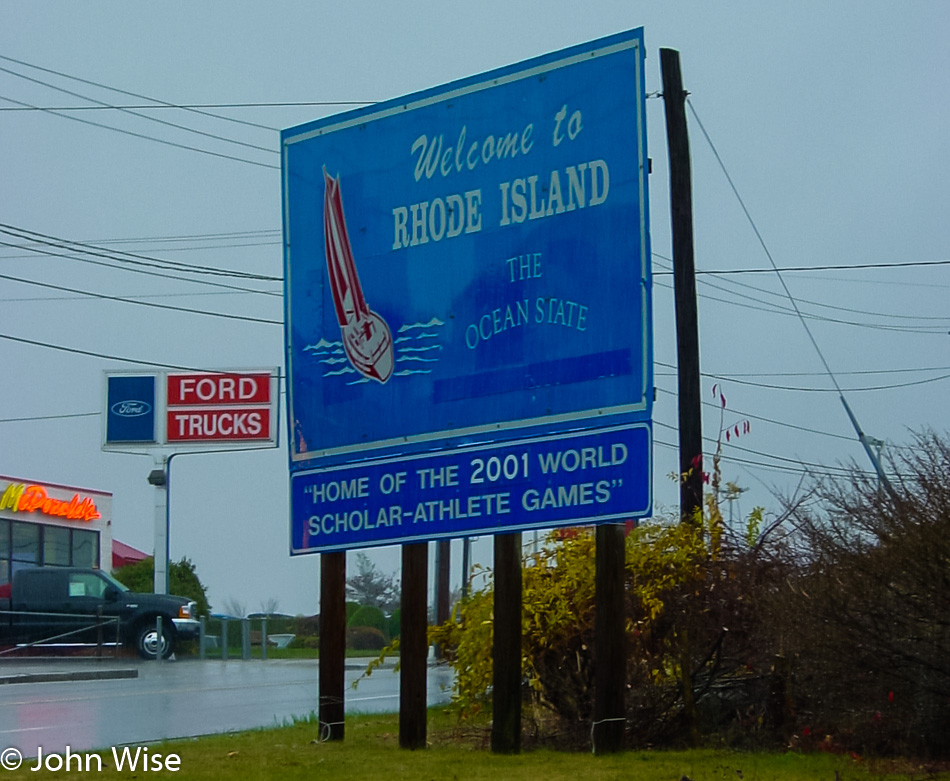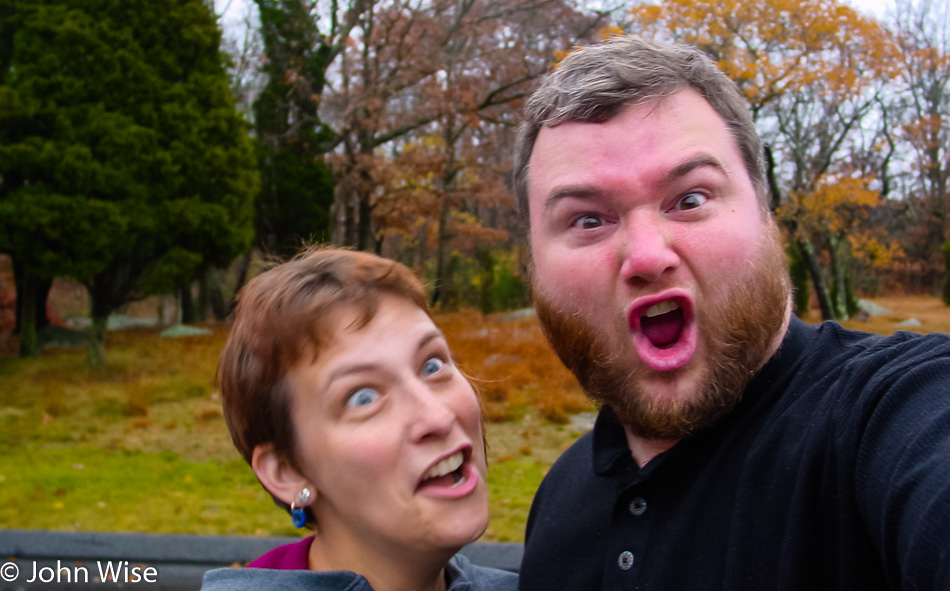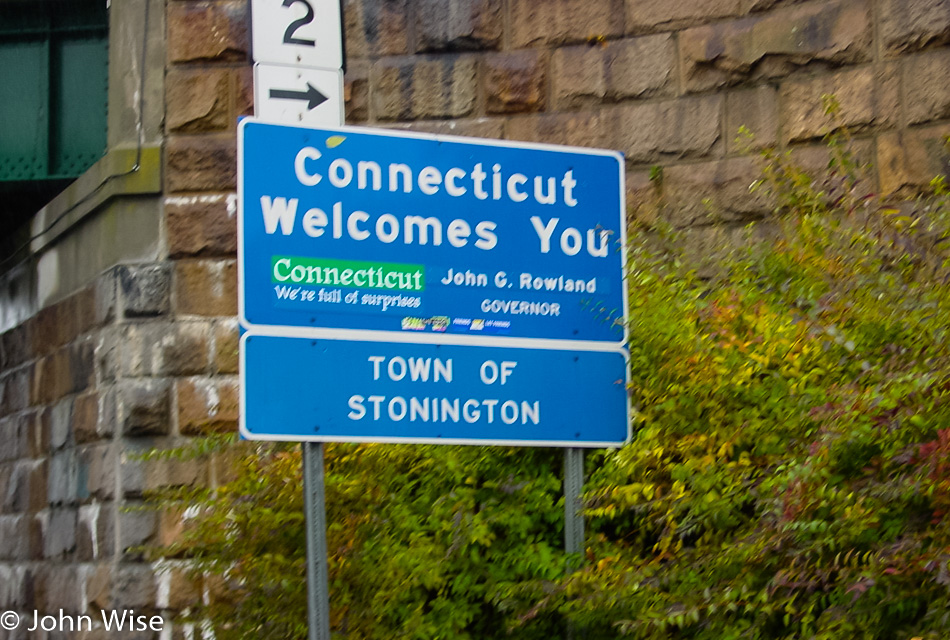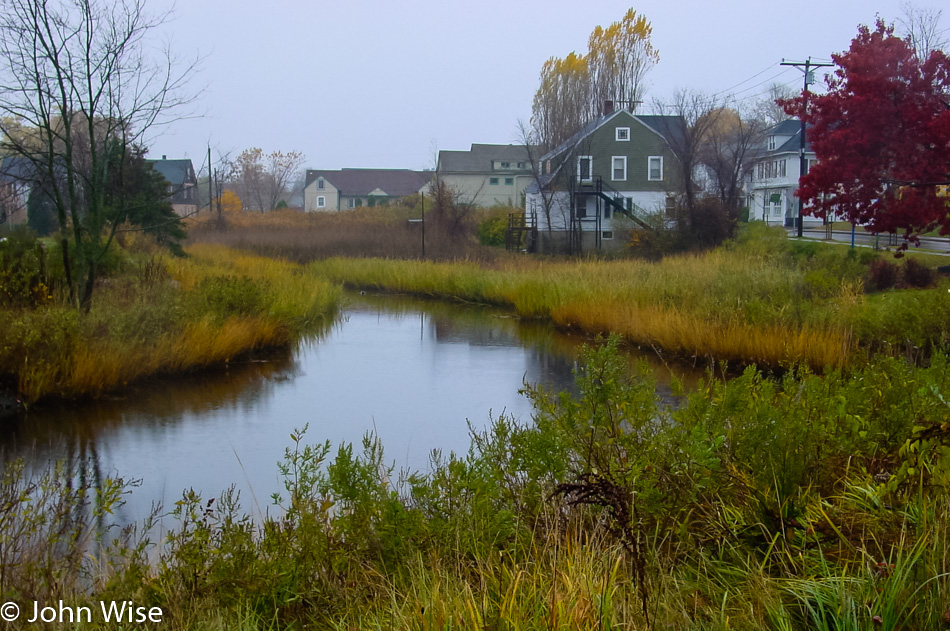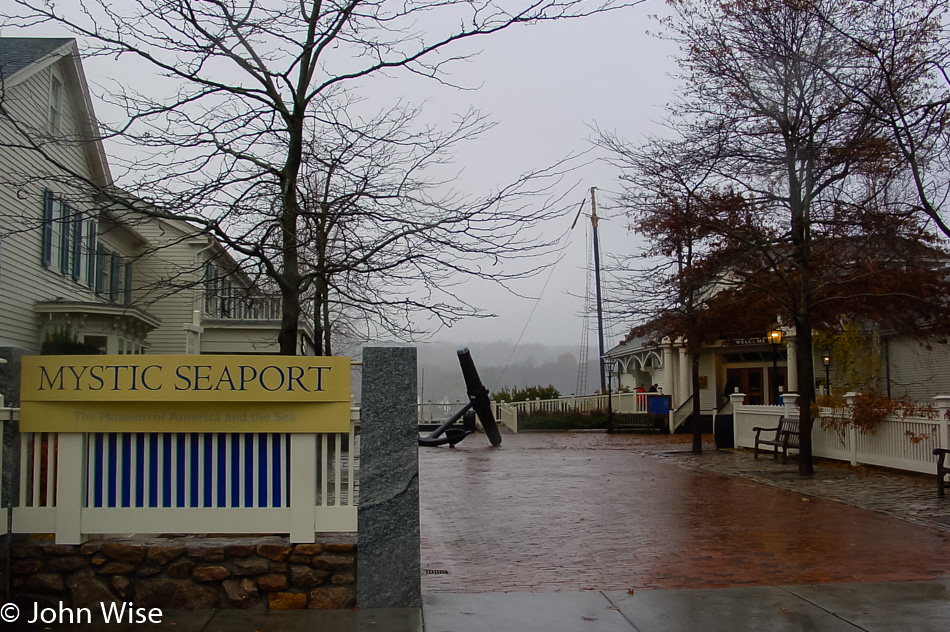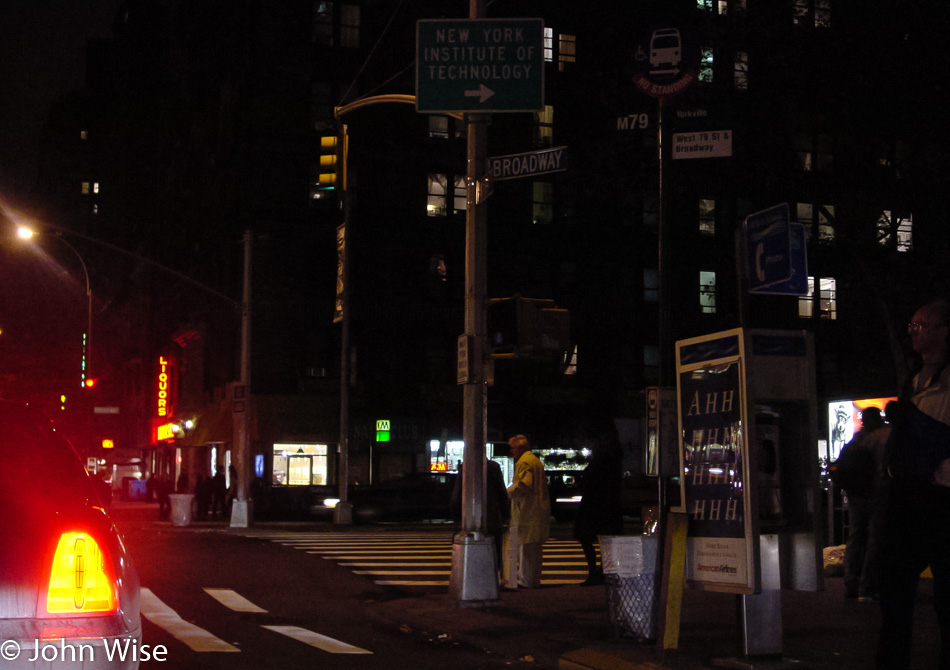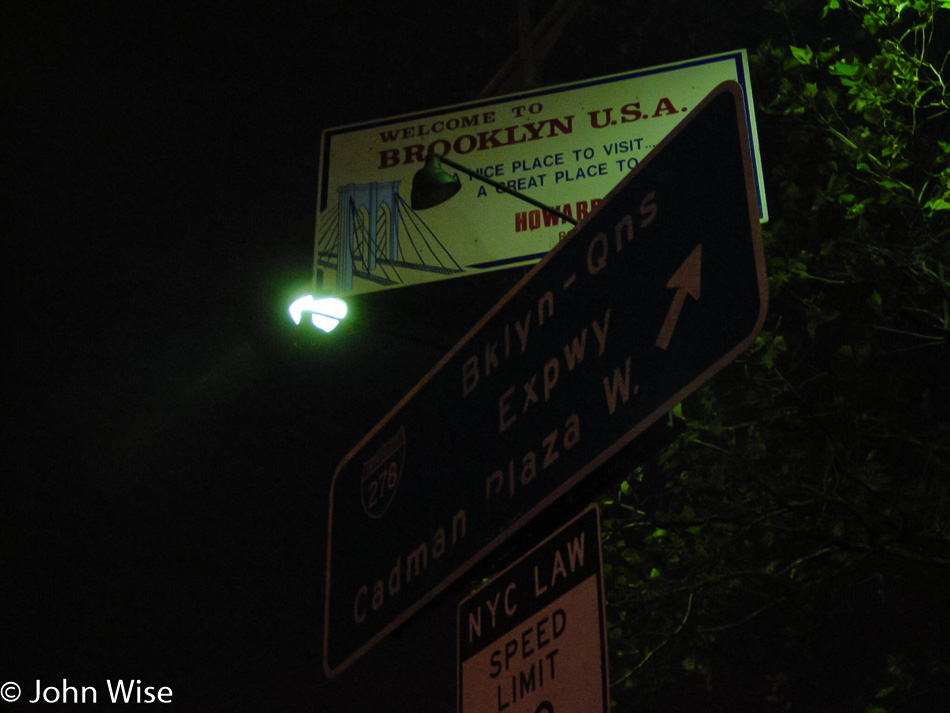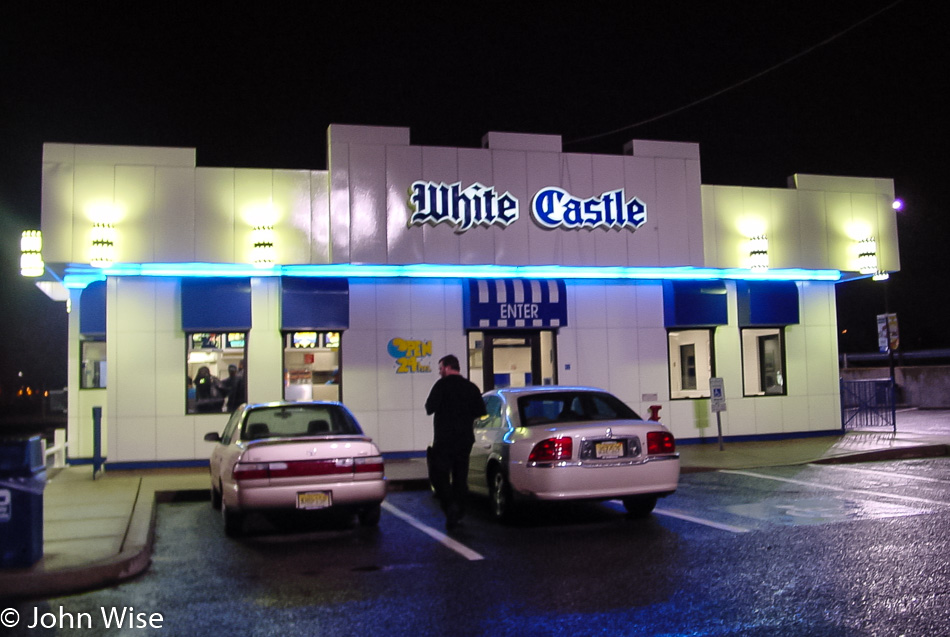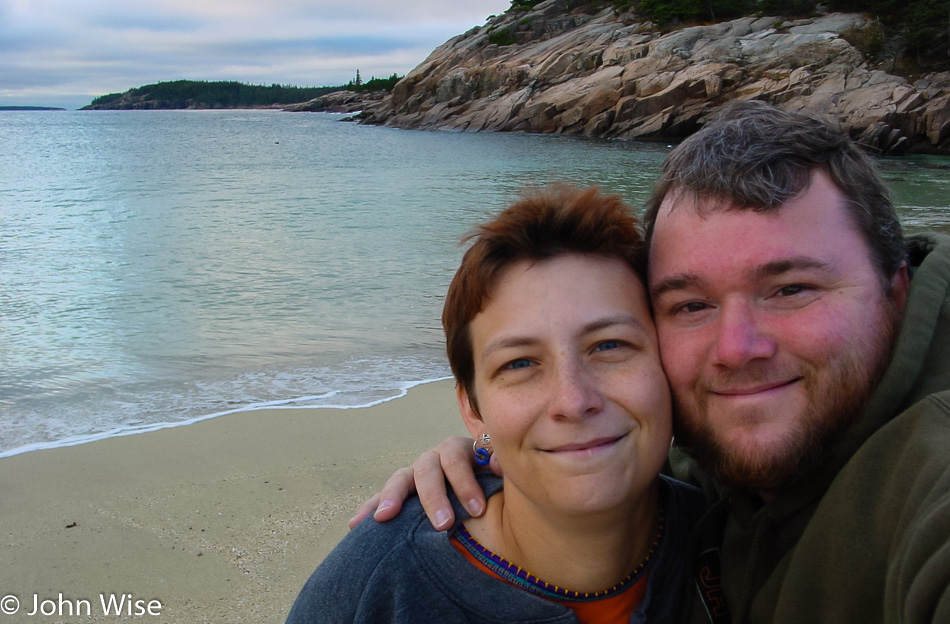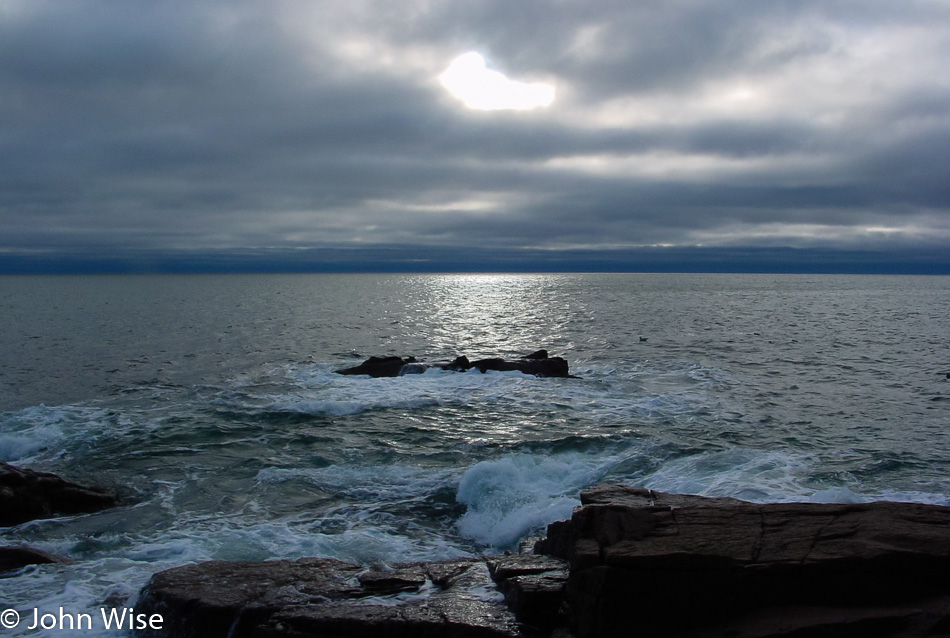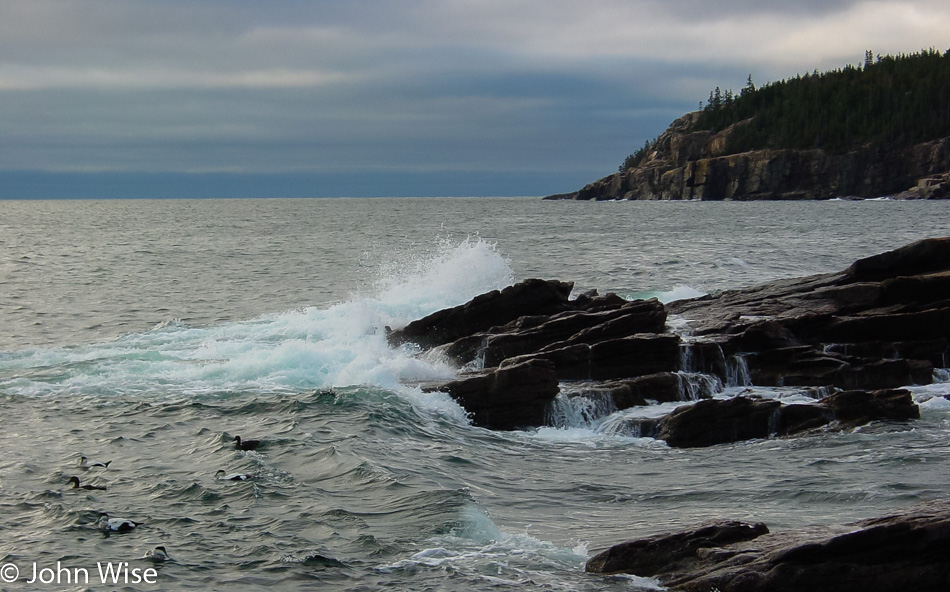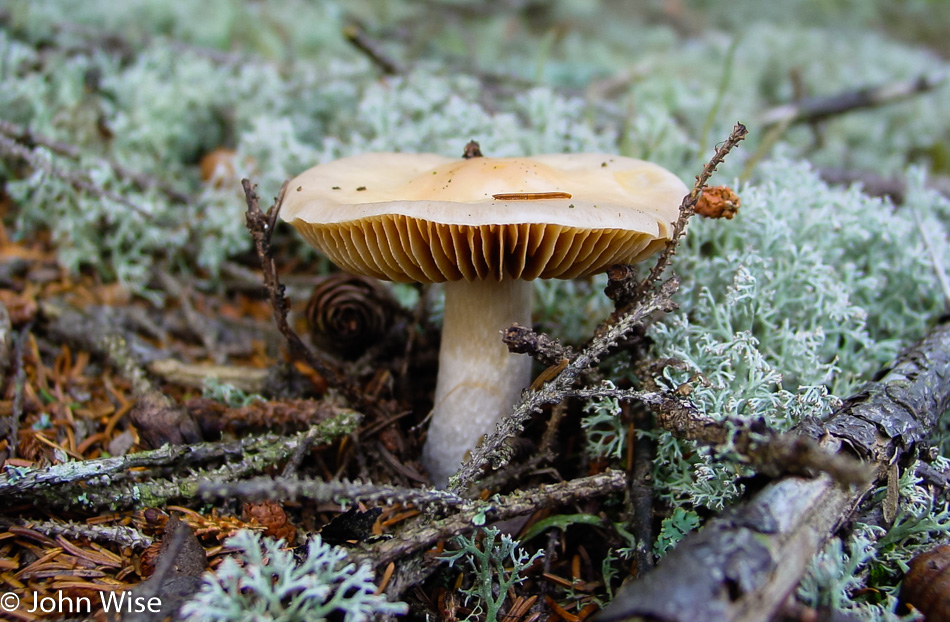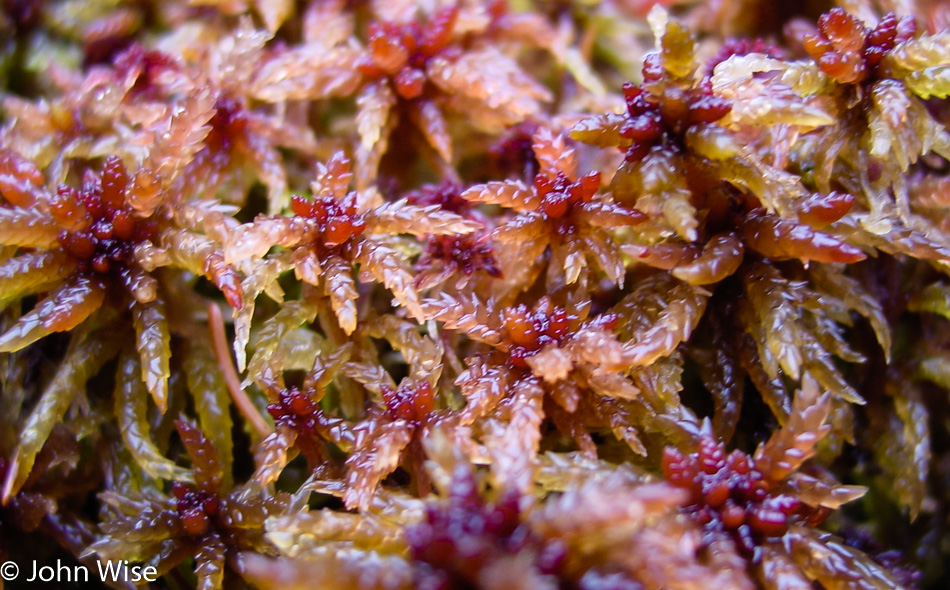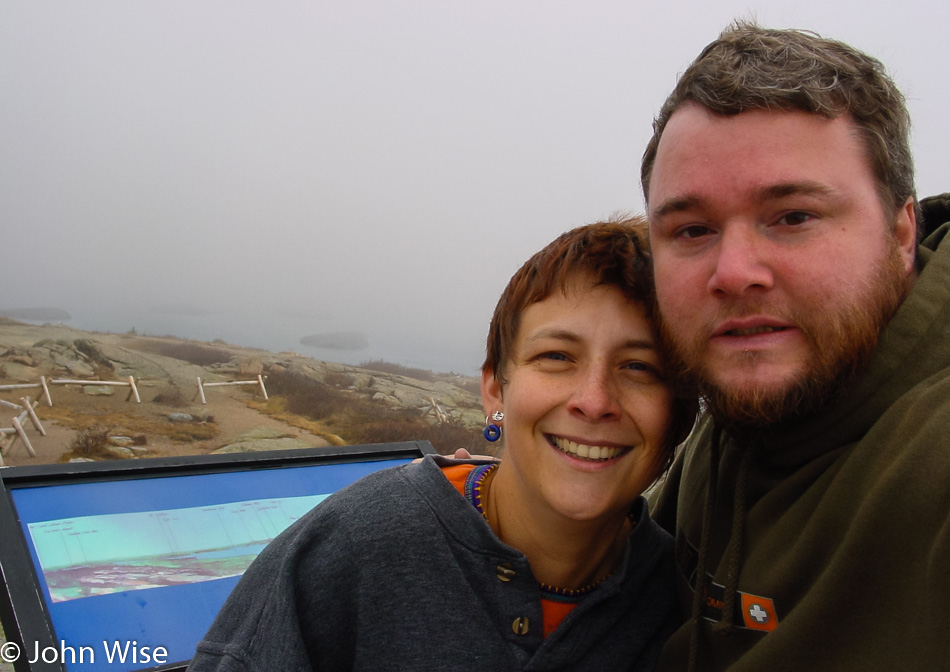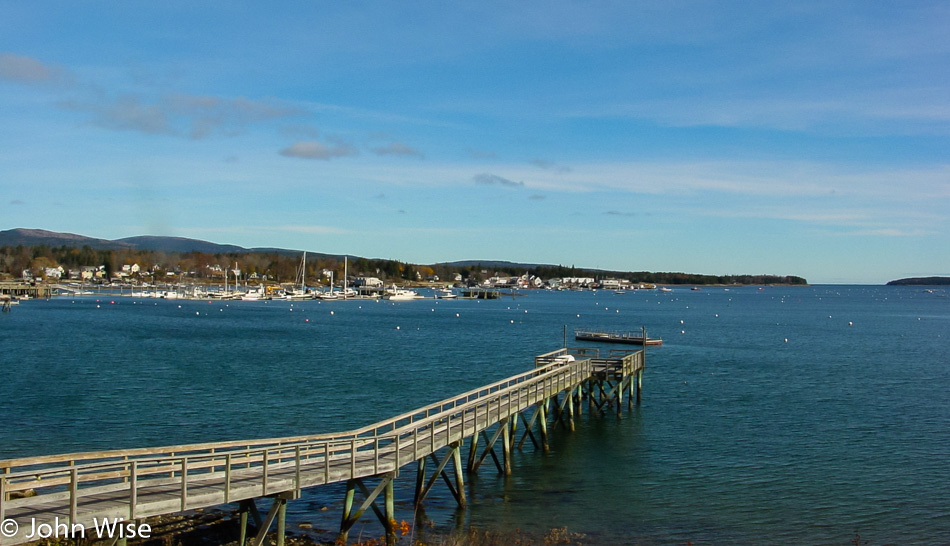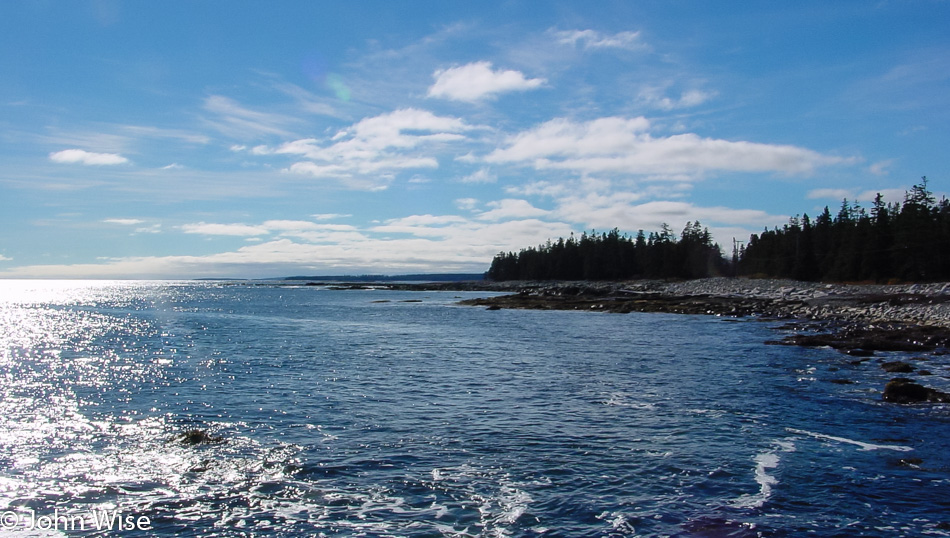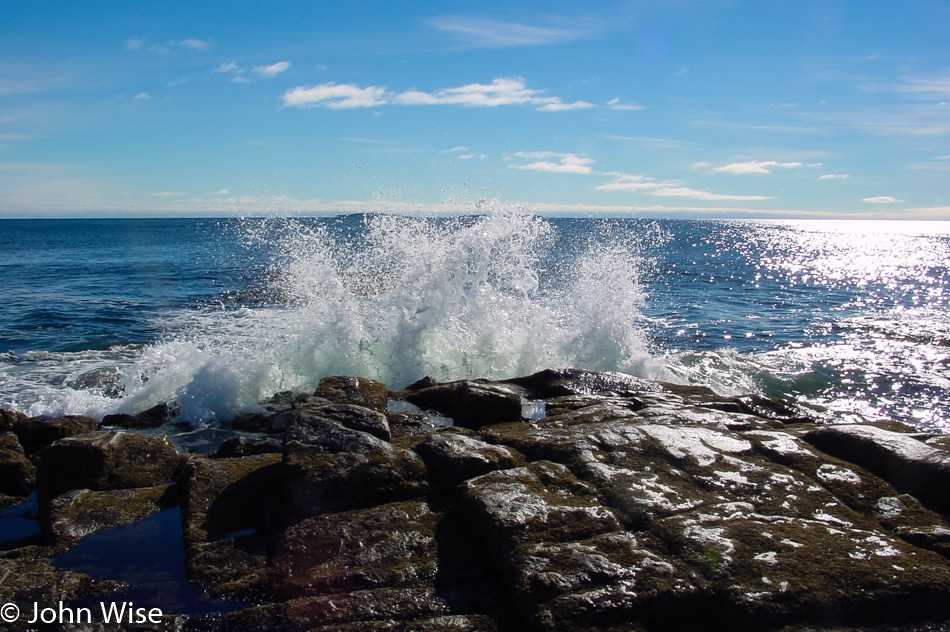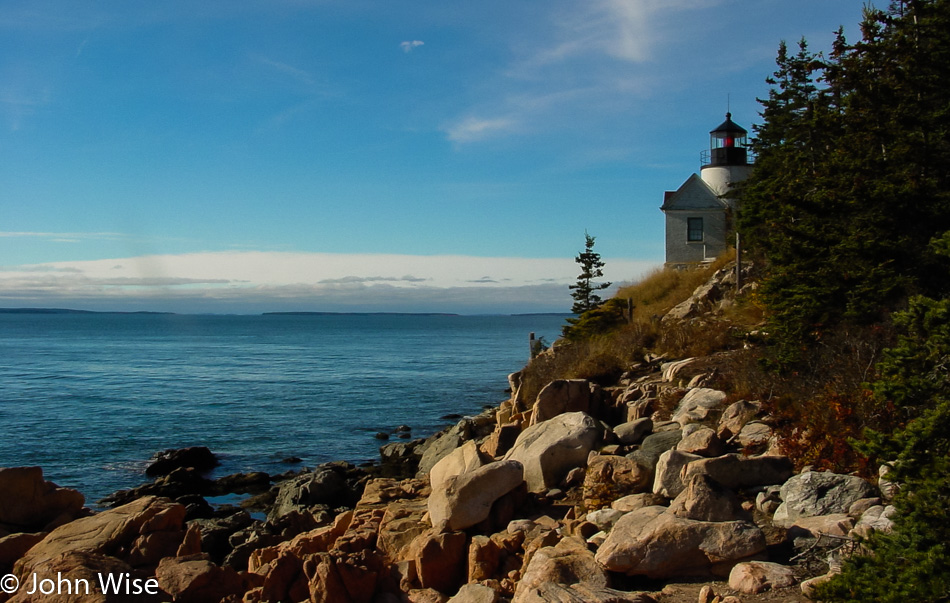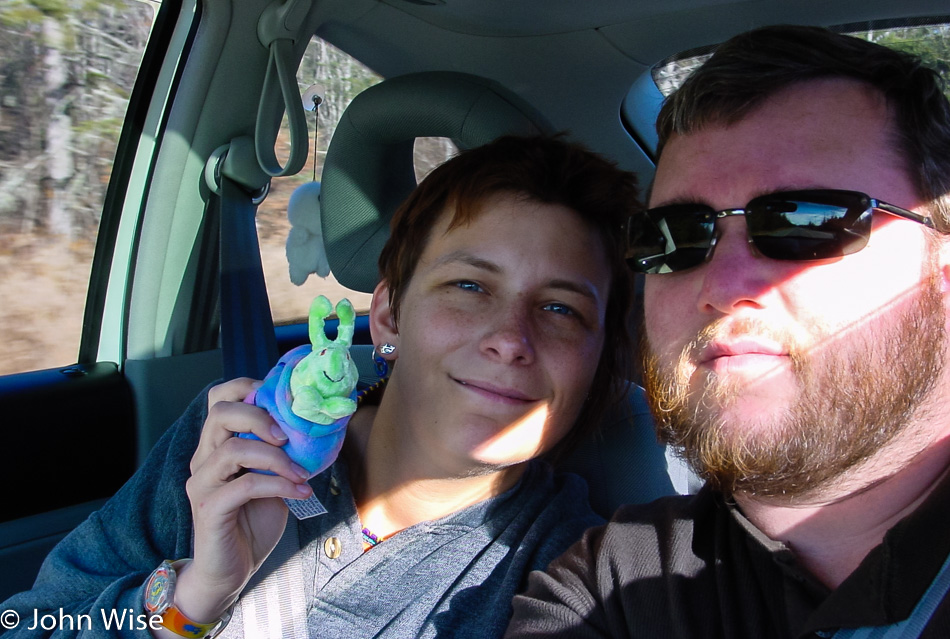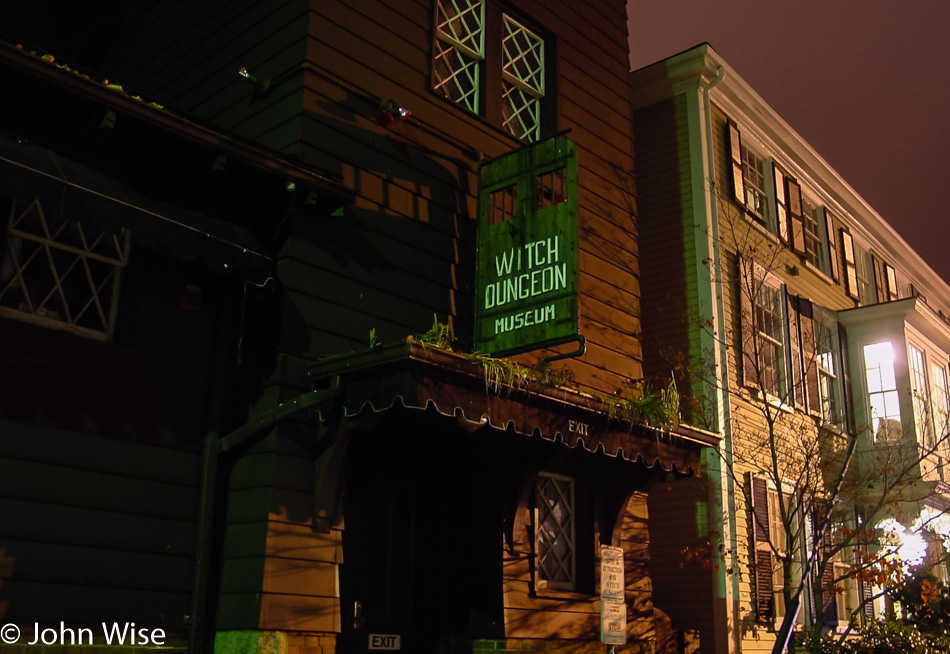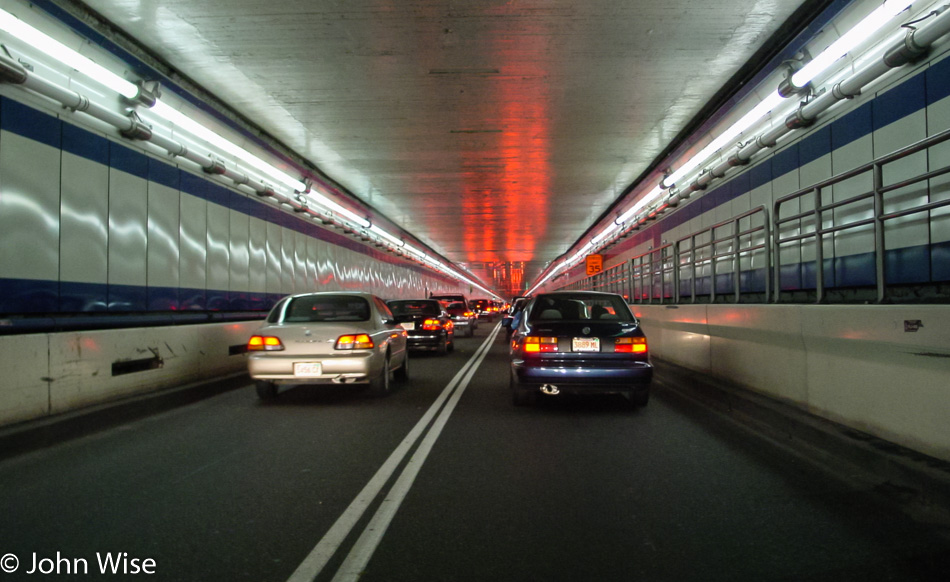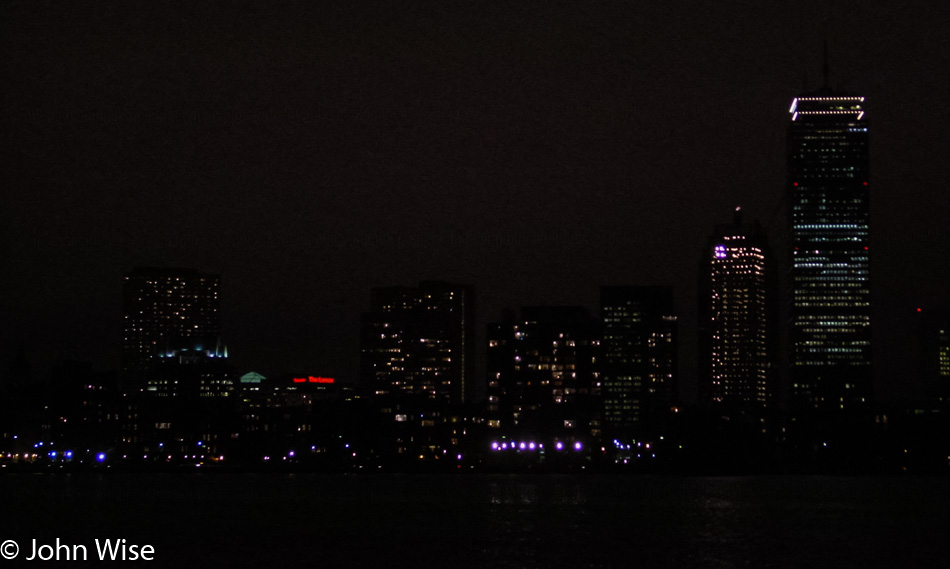
We’ve already been out and about with a walk along Clarks Cove as the sun was supposed to rise, but the heavy clouds and rain cut that short. Back in the coziness of our room, I crawled into bed for a nap until our host, Ron, was ready with breakfast. Talk about feeling like royalty living on the edge of luxury; this is it.

Imagine it’s the beginning of the Civil War in 1861, and Melville published Moby Dick 10 years prior but is still struggling to be recognized as a serious author. He and his wife, Elizabeth, are walking up to this house, and there are no waiting throngs; celebrity is proving elusive, but in the future, long after this writer has perished, he will find immortality. Maybe it’s only the notorious that find fame in their lifetimes when it relates to the kind of impacts that change our perceptions.
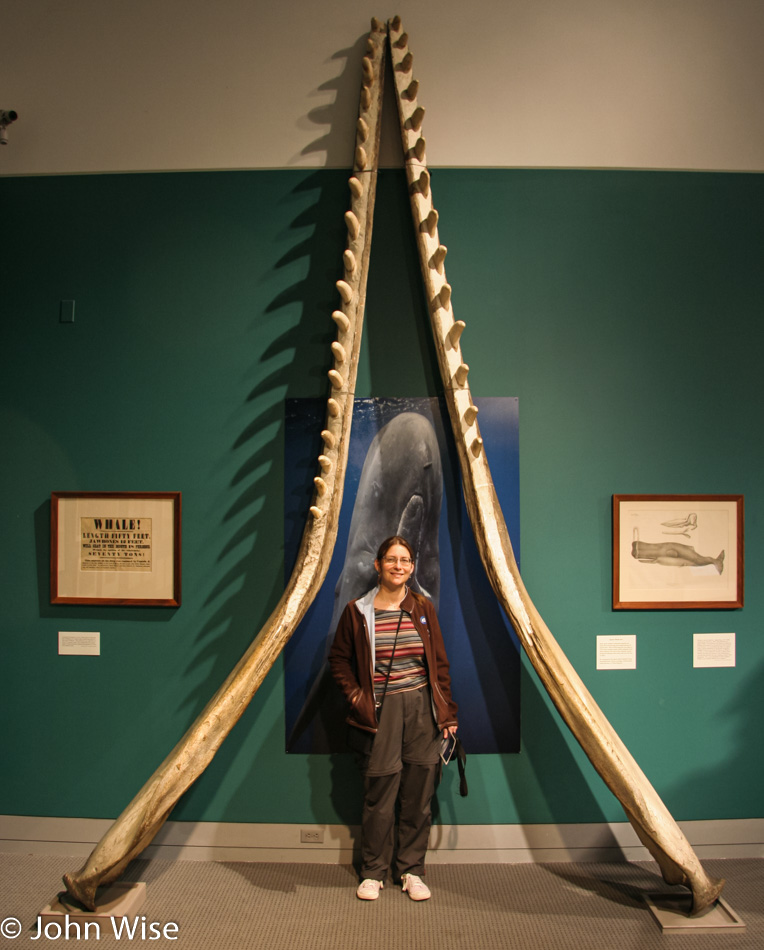
The New Bedford Whaling Museum opens at 9:00, and maybe because others are still at church here on Sunday, we are the first of just a few people to be visiting the exhibits. The bones Caroline is standing between do not belong to a dinosaur; they are the jawbones of the sperm whale. If you’ve not read the book, Moby Dick was an albino sperm whale.

This is a half-scale whaling ship named Lagoda that was built nearly 100 years ago, long after commercial whaling had come to an end. For five years, Melville worked the seas hunting sperm whales on a ship similar to this, where he would have had to participate in everything from harpooning the creature to taking it apart and rendering it down to oil to light parlors across America.

From the whaling ship, the crew would board whaleboats armed with a variety of harpoons used for killing the leviathan, as seen here from a replica, though I’m not certain that the harpoons aren’t real.
Around this time, we met a docent named Lucy, who happened to be here on her day off. We share with her our fascination with all things related to the sea, how we’ve been to the Monterey Bay Aquarium countless times, our visits to Coastal Oregon, the love of tidepools that we read Moby Dick in our car while traveling, and how all of this influenced our trip to visit New Bedford. Picking up on our obvious enthusiasm, she decided to share something with us.
Lucy went over to a locked cabinet, telling us how the things inside were usually shared with school groups as adults typically don’t find it all that interesting. What she took out and handed over to us was a sample of spermaceti, some sperm oil, right whale oil, and the treasure of all treasures, ambergris. Ambergris has a scent that is magical and beyond my ability to explain just what it is. As for Lucy, she’s originally from Poland which allows us the opportunity to discuss things European and acknowledge our perception that not many Americans seem to have a deep curiosity for the natural world.

We were not going to leave New Bedford without a visit to Johnny Cake Hill to at least catch a glimpse of the Seamen’s Bethel and the Mariners’ Home. I have to admit that we couldn’t make time to visit these iconic and historic buildings as we are on our way to Mystic, Connecticut, to visit the Seaport Museum that we didn’t have the opportunity to check out when we were in the area seven years ago.
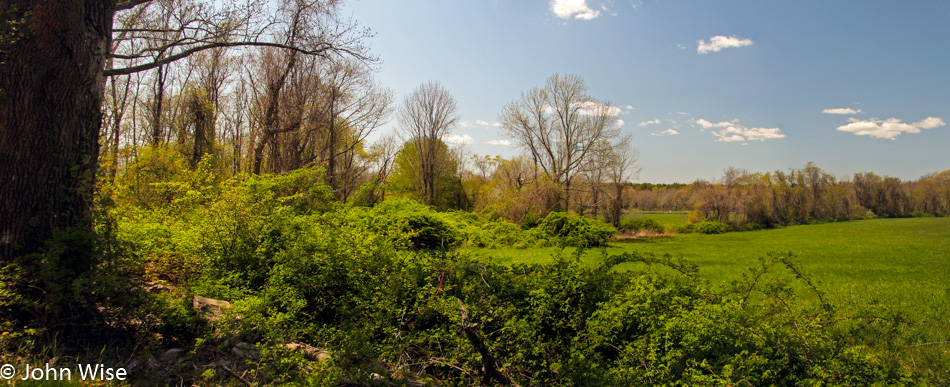
Somewhere on the road in Dartmouth, Massachusetts.

The gimmick of a giant milk jug with a Holstein perched atop it worked to drag us over to Salvadors Ice Cream stand on the side of the road in Dartmouth. This is probably the quickest way to pull Caroline and me into a business; just dress it up in some kind of absurdity, and we’re yours.

Our interests seem to have no bounds, well, that’s excluding jazz, country and western, most sports, racism, and the will to stupidity; so beyond that, we are pretty much interested in most everything, including stone walls framed with dandelions on one side and blue sky on the other.

Get out and see America NOW. Believe it or not, this country is disappearing as it loses its identity to consumers of blind conformity. We visited Gray’s General Store here in Adamsville, Rhode Island, which has been in operation since 1788, but we are so far off the beaten path that, in spite of its authenticity, this historic business will likely never draw enough tourists to make it viable as those people picked up what they needed at nearby New Bedford, Massachusetts, or in Providence, Rhode Island. Meanwhile, the locals increasingly buy their goods on Amazon. Combine this with the need to remove our increasingly valuable old signage and weathervanes lest they are stolen, and the very appearance that adds so much character to these outings will one day be gone.

Sure, our faces are blurry but this is part of our proof that we were for a second time in our lives here in Rhode Island. It’s just crazy to think that Los Angeles County is nearly four times larger than this state. Strange that our last trip to this state saw Caroline as being blurry, and now we both are; what gives?

Add coastal Rhode Island to our list of desirable places to live.

Apparently, some very wealthy people thought the same thing about the Newport area of Rhode Island, such as The Breakers seen here. While we didn’t have the time to visit this mansion once owned by the Vanderbilt family, we made a note that it might be interesting to one day visit the complex of mansions maintained out here by the Newport Preservation Society.

Castle Hill Lighthouse in Newport, Rhode Island, was our last stop before getting on it to head over to Mystic, Connecticut, where we had a room booked for the night.

We arrive in Mystic with the last bit of light offering us a glowing horizon that punctuates another perfect day. Our course today took us on a beautiful winding series of roads that kept us close to the Atlantic among farmlands and the summer stomping grounds of America’s elites of 100 years ago. The golden age of the American Industrial Machine was at its strongest back then, with the super-rich building a lifestyle that took full advantage of the countryside that was theirs. Today, we were able to have a brief glimpse of what was part of that appeal.

